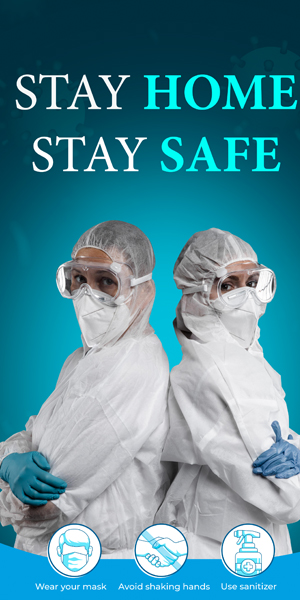Scoliosis is a more common condition than you think, affecting up to 3{137aa25a4781ca5f540979e28781665e476534549c3e309c9d7ae77466626c90} of the population. At its mildest, it can be uncomfortable or mildly painful, but at its worst, it can severely affect the quality of your life. That’s why it’s a good idea to take steps towards recovery and coping treatments if you’ve been diagnosed with scoliosis. Osteopaths and physiotherapists are known for being able to help those with scoliosis in Singapore manage their symptoms and even improve them. Here’s what you need to know about scoliosis and how to treat it.
What is Scoliosis?
Scoliosis is a condition in which the patient’s spine is abnormally curved to the sides. It has several different causes; some are born with scoliosis, some people’s spines begin to curve later in life due to a neurological or muscular problem, and other cases happen for seemingly no reason. At its worst, it can affect your breathing, sitting, bending, or walking. Many people with scoliosis in Singapore choose to go to a physiotherapist or osteopath for treatment.
While there’s a bit of overlap between the two professions when treating scoliosis, they both still have different treatment options. Here are a few treatment options for scoliosis that a physiotherapist or osteopath in Singapore can provide.
How Can Physiotherapy Help Those With Scoliosis?
1. The Schroth Method
The Schroth Method is a physiotherapy treatment option in Singapore which includes exercises that can gradually coax a patient’s spine into a more natural position. It helps the patient become more aware of their posture and elongates and stabilises the spine. Standard techniques used during this method include:
- Using mental imagery.
- Performing exercises that strengthen core muscles.
- Viewing movements and corrections in the mirror.
- Practising awareness of one’s posture outside therapy sessions.
2. Bracing
If you have a curve of more than 25 degrees but less than 40 degrees, you can get a brace for your scoliosis from a physiotherapy expert in Singapore. A brace can only prevent the curve in your spine from worsening – it can’t correct the current position of your spine, which is why bracing is the best option for children and teenagers.

How Can Osteopathy Help Those With Scoliosis?
3. Physical and Manual Manipulation
An osteopath in Singapore can use physical and manual manipulation to help reduce the effects of scoliosis and help with any pain associated with the condition. Physical manipulation may include gently mobilising the spine or anything attached to it. Meanwhile, manual manipulation may consist of massage therapy methods.
4. Prescribing Exercises
Your osteopath in Singapore will likely encourage you to take your treatment home by doing exercises that can relieve or reduce symptoms of scoliosis. Some exercises include the pelvic tilt, standing hamstring stretch, partial curl, and prone hip extension.
Do you need scoliosis treatment or postnatal care in Singapore? Orchard Health Clinic has a team of highly experienced osteopaths, physiotherapists, and chiropractors to help you take steps towards natural and holistic pain management and recovery. Browse their testimonials or read their FAQ page by visiting Orchard Health Clinic’s website today.








Leave a Reply